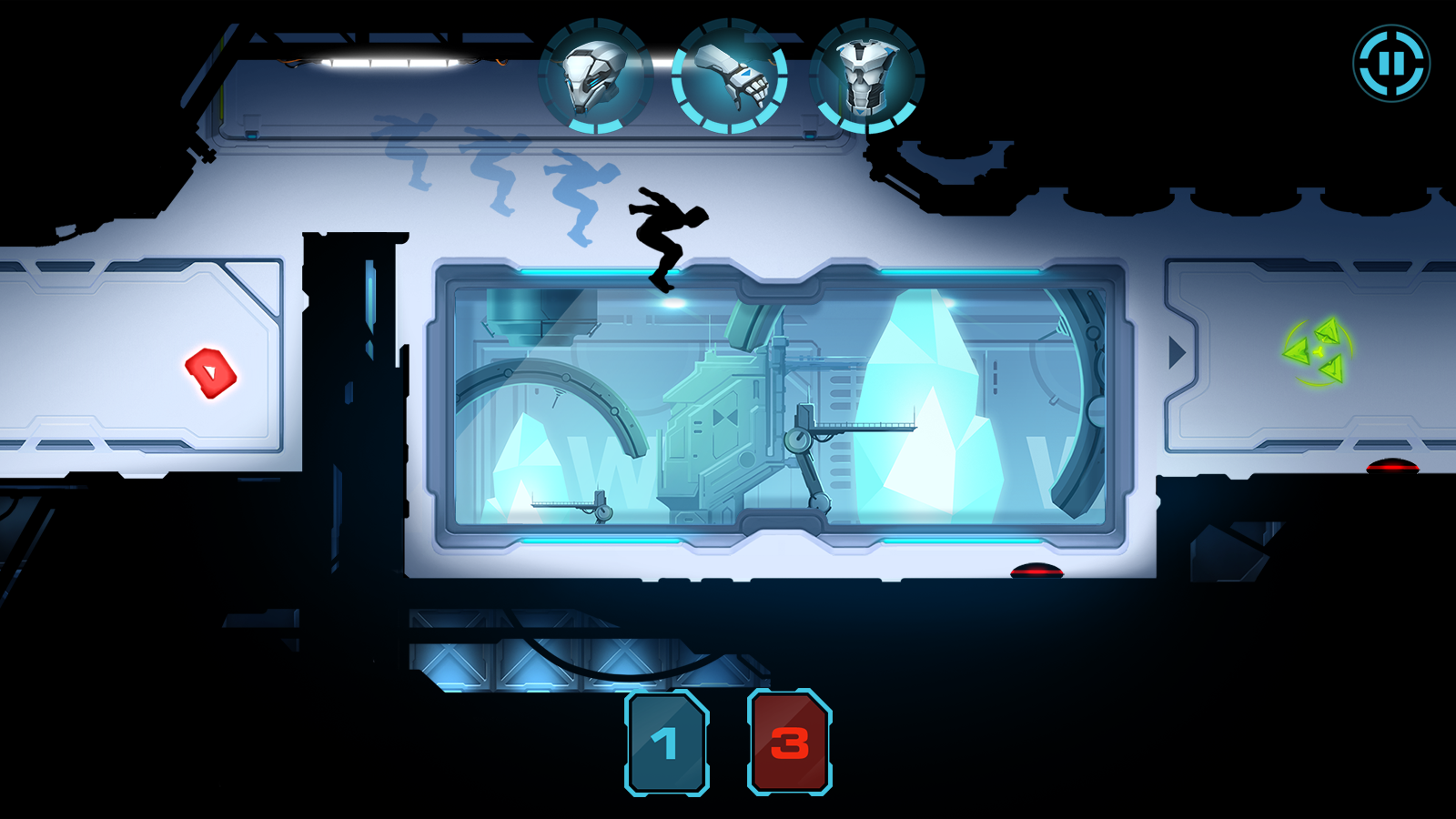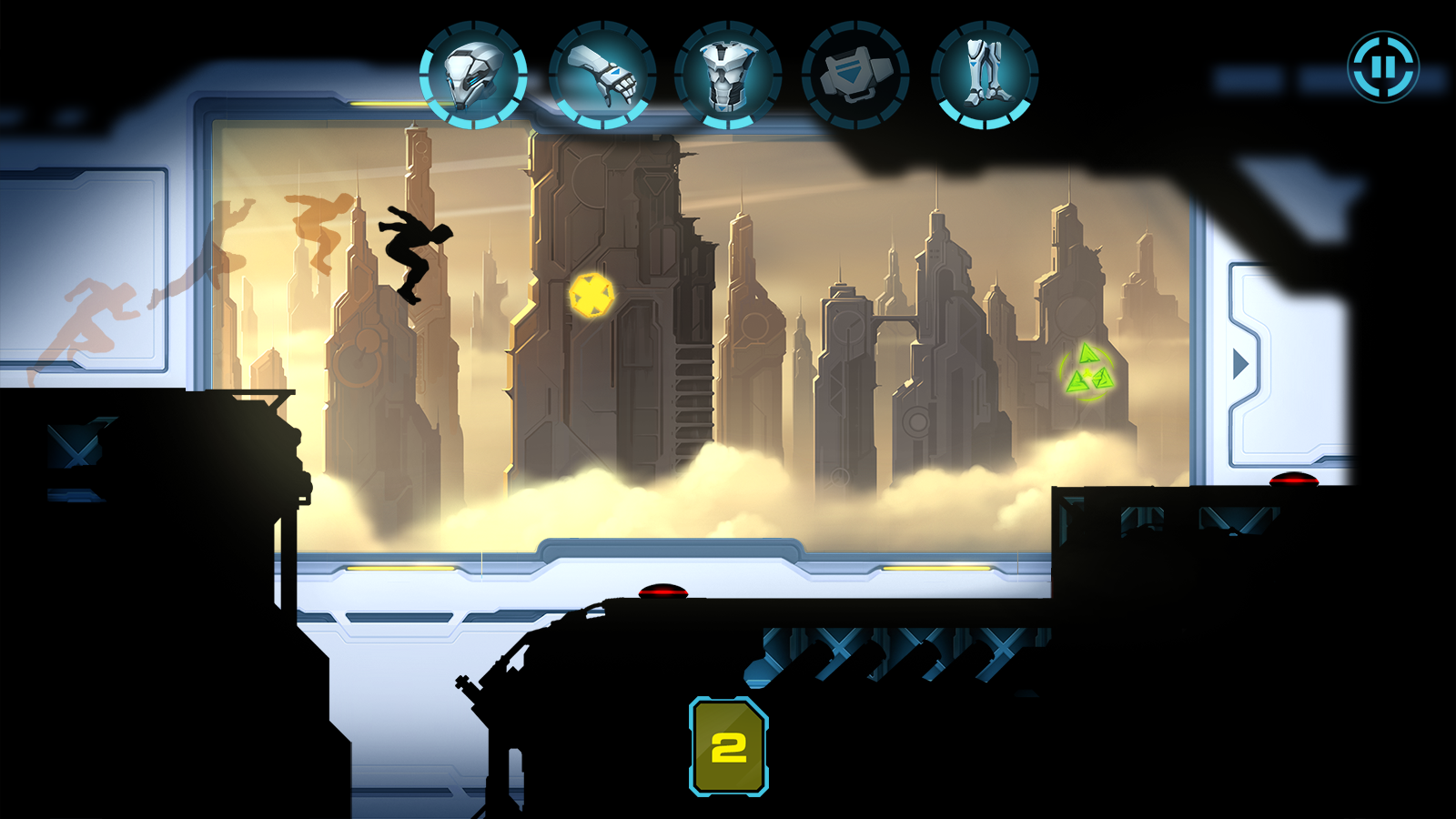The release of Vector 2 may well take place this fall, – about this and much more in an interview App2Top.ru Sergey Babaev, Director of Business Development at Nekki, told us.

Hello. Let’s start talking about Vector 2, which, as I understand it, is already very, very close, a little far away. Remind me how and why did the first part appear at all?

Sergey Babaev
Hi! You see what a thing, if the company entered the browsers very much in time, ahead of many, then, say, in the social business we stalled. Projects that “had to be done” (according to existing beliefs at that time) did not work out. It did not work out, that is, it was not a matter of belief, it was right, there were just teams that could and loved farms, and there were us who did not like them and, as a result, did not really succeed in developing them. Yes, of course, I remember good launches of browser-based “11×11” and “Gladiators” on social networks, but here we must understand: “finishing off” the audience with the help of new platforms and really shooting at them are very different approaches.
Realizing this, we decided not to adapt to the market, but to offer it what we know and love ourselves. So it turned out “Shadow Fight” – a shadow fighting game that requires playing with the keyboard. All this sounded as antisocial, unconventional and unusual as possible. In fact, it was, but all this unusual thing hooked the players, so much so that the project collected more than 50 million downloads over the networks. At the same time, the hope crept in that we were at least getting closer to understanding our unique path in new markets, which we would be able to repeat with our other projects.
As time went on, the mobile market became a trend. We had various shooting attempts to the platform (unsuccessful), but, in general, we again missed the start of this train, being faced with a choice – to catch up with it or skip it altogether. We decided to catch up, but in our own way – one of the ideas of our general producer, Zhenya Dyabin, was just about escape, pursuit and parkour.
It is clear that we used in it the developments that were shot in the “Shadow Fight”: shadow stylistics, our branded animations built on the basis of “Cascadeur” technology. All together, this gave Vector. Moreover, the attitude within the team to the project was like an indie experiment: blogs were conducted on Habra, early prototypes were discussed on Gamedev.ru .
And here, you know, it’s funny: today, when I talk to indie developers (who don’t always follow the industry closely), sometimes they even tell me, they say, “cool, we remember how you walked around the forum with a prototype, how you have grown during this time.” I have to tell you that even at that time we were already a rather big and independent company.
Vector, it seems to me, was a key project for Nekki. His breakneck success (50 million downloads, if I’m not confused) made a name for the team in the mobile market.
In fact, there are already more than 70 million (this is both Free and Paid in total). And all this without marketing.
It was Vector that formed the idea of us as a player in the mobile market.
We quickly concluded the importance of midcore when it wasn’t fashionable yet. And we were strengthened in the opinion that our approach to development is most effective in the current conditions, when it is often about infusions of huge sums for marketing.
How does it work?
We launch the game in the store and it starts to grow in leaps and bounds. Every day. One thousand installations, two, five, ten, one hundred… That’s what we call “growth without marketing.” If you have launched the game and this does not happen – stop clicking with your beak, make test purchases of traffic. If everything is bad, try to give yourself to the publisher. If it didn’t fly with him, wake up, you just have a crappy game.
But, you know, there is such a story, I don’t know if I’ve heard it: after the first launch of Vector on iOS, we thought that the game had failed.
It grew (of course, without marketing), but on a very small scale, it seemed that it could reach the average person, but with difficulty. Of course, we expected something completely different…
And in such a not very cheerful mood, the version for Google Play is launched. She is starting to grow well, every day there are more and more races. And this growth eventually turned into a full-fledged avalanche. And most of all then we were surprised that the growth on Google Play was reflected on iOS.
Over time, both platforms began to collect hundreds of thousands of installations per day and bring in more than 50-70 thousand dollars daily. Of course, this was already an unambiguous win, especially for a game partially distributed under the Paid model.
At the same time, we concluded how important the starting impulse is for word of mouth. Android devices are more common, there are, in general, more of them, they are more common (well, or met, at least) among schoolchildren, people in the subway. And when this mass began to spread the rumor about the project, the mechanism worked and gave the necessary impetus. Who knows, if we had given up then or slowed down a lot with the launch on Android, perhaps we would not have had this conversation now, or we would have had a completely different, sad one.
The original Vector appeared on mobile platforms, it’s scary to think, three years ago. A giant deadline for the industry. How has the company changed over this period?
It has grown very much. There are already more than a hundred of us, i.e. we have grown more than 2 times. We began to conduct several internal developments and actively experiment with external teams on our indie initiative, which we announced on the pages Арр2Тор.ги at the beginning of the year.
I would say that now we are a full-fledged major developer with a name both in the CIS and beyond. This is a very important, largely psychological transition from local results to global success. The processes have changed, we no longer post our prototypes to the public and, in general, we are very selective about what leaks into the network about our developments.
How has the general understanding of what a good and successful game should be today changed (are these concepts generally equivalent, always)?
Well, I said a lot about a good game above. There’s not even anything to add.
But about equivalence is an interesting question. It is customary to answer “not always”, they say, I know games that are definitely worthy of success, but have not found it…
And I don’t know such games. In almost every good game that has not broken through in the stores, certain flaws are noticeable that spoil the impression of it. It probably seems so, because in an unsuccessful game you are obviously looking for flaws and a false feeling is created that the reasons for its failure are clear to you. But all this is very subtle and controversial… for example, it seemed to me that Witcher MOBA had every chance of success, and when I played it, having already realized that it was a fail, I somehow began to notice more jambs, and saw that the mechanics were worked out so-so, and that the solutions were strange.
I didn’t just ask. I think everyone knows what Vector was (a mixed runner with quick events). So I wonder how far the second part has gone from it? Judging by the first art, it is clear that the setting has been noticeably changed. Cyberpunk has become less, by the way, why?
The second part is still the heir of the first. I.e. with our other Shadow Fight series, we decided that a lot has been said in two parts and we need to radically evolve. But in Vector, not everything that was conceived was included in the first part (for obvious reasons), and the topic, in our opinion, has not yet been disclosed. What is more sad is that a series of projects inspired by the “Vector” thoughtlessly copied it, and did not develop it… So it’s completely on our shoulders now.
As for the setting, I wouldn’t say that we sat down one day and decided to change it. Playing Vector 2, I notice that the world that has turned out now, the sensations that create dynamic backgrounds – all this is more combined with the plot even of the first part. All this technogeneity, mystery, doom of the hero – here it is, cyberpunk.
Moreover, Vector 2 continues the story of the first part. The main character is the same rebel who escaped from the oppression of the system three years ago.
Let’s run through the mechanics. What key changes were made, what caused these changes?
You won’t believe it, Vector 2 is a kind of roguelike game. The hero wakes up in a certain laboratory, not understanding anything, except that he needs to get out. Immediately, without further ado, the race begins. There are traps and obstacles on the way, and at some point, being a beginner, the player inevitably dies. He learns about some of the dangers, types of obstacles, their location and starting the race anew… understands that the level has been rebuilt, and the trap that destroyed it last time is missing at all or is not where it was expected. I.e., the level is procedurally generated from small parts.
So gradually the player acquires knowledge about the world around him, earns points, learns new techniques, equips himself between races and passes one floor of the laboratory after another.
The player will be able to collect blueprints for equipment, keys to unlock alternative escape routes, etc. As a result, the user himself and his character, in general, become such a baggage of knowledge, techniques and equipment items that allow you to move further and further. Every race, every death is not just a “captured level”, as it would be in the first part, it is a contribution to development.
A bit like “The Edge of the Future”, where the hero of Cruz, dying over and over again, drew conclusions about how to survive in this world and reach the end. Only we also won’t be able to memorize the level – as soon as you think that you are completely ready for it, the mechanisms of the laboratory will present a deadly surprise.
What’s with the plot?
In Vector 2, the plot is embedded much deeper than in the first part. There the plot had an ideological background and explained why the hero was running. Now he leaves many mysteries: why the hero constantly comes to life, who runs the laboratory, why it is being rebuilt and much more. I don’t want to spoil it too much, but storyline connoisseurs will have something to think about. Moreover, not every runner can boast of a plot.
Will Vector 2 be simpler or more complex than the original? In general, who do you see as the target audience of the project?
Harder. The very approach to development in the game has become more interesting and therefore somewhat more complicated. This, in our opinion, is good and should not limit the audience too much. Vector, in principle, is a midcore project and simply continues to move in this direction.
Audience evaluations are a thankless thing, especially since it is very difficult to evaluate it on the right scale on mobile platforms … the audiences of our projects are often schoolchildren and students, of course, mostly men. Perhaps the changes that Vector 2 brings will shift somewhat, or even better, expand the age range.
The first part went very well on mobile platforms, but, according to SteamSpy, so-so on PC (despite very positive reviews – the number of purchases is less than 40 thousand). In this regard, the question is: which platforms are you looking at now?
Yes, success on Steam is very restrained. In fact, most of the sales came in the first month. The amount that fell from it was a nice bonus (though lost against the background of income from mobile). Unfortunately, the life cycle of the project on Steam was not as long as we would like. It’s hard to say what the reason is. Perhaps the fact that the project is still not stimovsky, probably for this reason it was not worth waiting for more. Also, we didn’t bother much with its modifications for the platform.
Now mobile platforms (Google Play, iOS, Windows Phone) are a priority for us and we are not looking further yet. We are still being offered to transfer the first “Vector” to one platform, then to another, then to new consoles. Perhaps in the future we will think about these proposals, but definitely not now.
In memory, by the way, the launch of Vector in social networks is very good from the point of view of audience aggregation. Perhaps we will try to repeat this, for testing and again for recruiting a fresh audience. So there are ideas where to attach the game.
And the last question: when?
I’ll say blurry, but no one knows more precisely yet: October-November.
Also on the topic:




